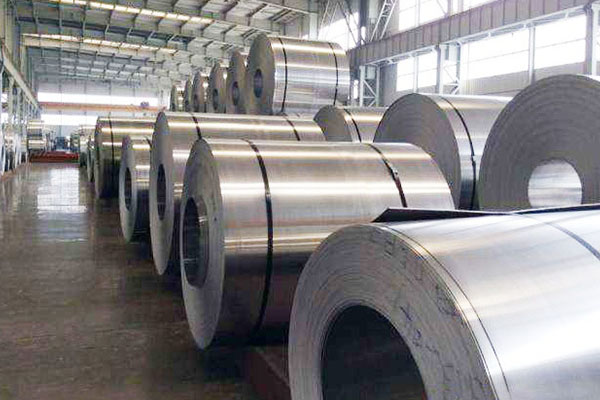Why is color 1050 aluminum coil used for sign panels
November 4, 2019
Why is color 1050 aluminum coil used for sign panels? Because it has a high processing ability, good corrosion resistance, good conductivity, low price, modern sense and relatively long service life.
1050 aluminum coil has an aluminium content of 99.5%, among the softest grades of aluminium rolls. Generally the higher the aluminium content, the softer a coil. Low hardness endows the coil with a high processing ability. It’s adaptable to varied processing methods, including welding. Because of these advantages, the aluminium sheet metal gets into the group of most popular materials for sign panels.

Aluminium itself has little corrosion resistance. Although it does not rust quickly as iron, it’s more active than most metals while being exposed to the air. The only difference lies in the state and function of its oxide material, which is a solid dense layer stuck to the surface of an original sheet, rather than powder peeling off the surface. Therefore, plain 1050 aluminum coil has a very small corrosion resistance, but the case is different with a 1050 color aluminum coil that is coated with a layer of paints like PE and PVDF. These paints are strong and long lasting housings resistant to wind, sunshine and water, extending a sign panel’s service life substantially.
Regarded as a pure aluminum material, aluminum coil 1050 has a good heat and electricity conductivity. This makes it possible for heat to get off a sign panel as quickly as possible before causing larger damages. Besides, an aluminium panel looks as fashionable as a titanium but proves to be much cheaper. This alone overshadows many other metal materials. However, nothing is perfect. Corresponding to 1050 color aluminium coil’s low price, aluminium sign panels have a shorter service life than steel ones.But they remain popular panel in public places like schools, hospitals and parks, for they enjoy a longer service life than plastic panels and the highest cost efficiency of all materials.


 Nydia
Nydia
 Sales Manager
Sales Manager